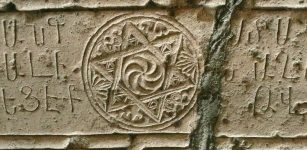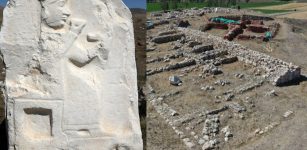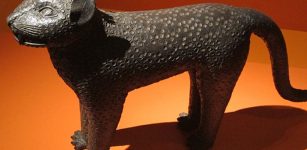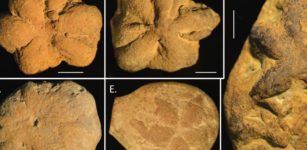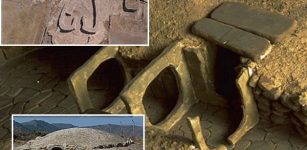From A Modest Town Jerusalem Has Evolved Into A Grand Metropolis
Conny Waters - AncientPages.com - Until the mid-2nd century BCE, Jerusalem during the Second Temple period was a relatively small and modest city, albeit one of considerable significance.
The city's transformation began approximately 2,150 years ago with the arrival of the Hasmonean family.
Image credit: Yaniv Berman, Israel Antiquities Authority.
Their objective was to enhance Jerusalem's status as a political capital and to consolidate their authority within the city.
The Hasmonean family played a crucial role as city planners. During their reign, Jerusalem underwent extensive construction processes, which continued later under Herod the Great and the Roman governors. These periods were marked by a variety of significant projects that shaped the city's development.
One of the most important changes was the expansion of the city's main attraction: the Temple.
Image credit: Yaniv Berman, Israel Antiquities Authority
"The expansion of economic activity in the city created a layer of wealthy residents. The houses of Jerusalem's wealthy were luxurious, with several stories, bathhouses, ritual baths, and pantries."
Tehillah Lieberman, an archaeologist with the Israel Antiquities Authority in the Jerusalem district, notes that Roman cultural influence is clearly visible in the architectural design of houses and the construction of new city walls.
Another significant phenomenon that influenced the design of Jerusalem was the pilgrimage.
"In the Second Temple period, Jerusalem was the exclusive place of worship for the Jewish people," explains Dr. Joe Uziel, a Jerusalem researcher at the Israel Antiquities Authority.
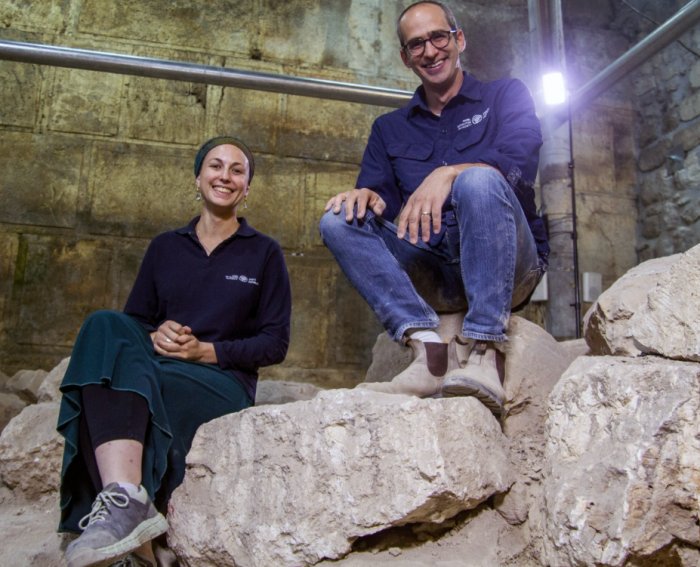 Image credit: Yaniv Berman, Israel Antiquities Authority.
Image credit: Yaniv Berman, Israel Antiquities Authority.
One of the main ways to direct the movement of pilgrims to Jerusalem was to manage the reception stage for pilgrims outside the city itself.
After the long journey to Jerusalem, which began, for some of the pilgrims, in the Galilee - or even in Alexandria, Egypt - they were received in a kind of camp that welcomed them outside the city, where they could purchase sacrifices for the Temple, refresh themselves and exchange coins - among other things - in order to pay the half-shekel tax to the Temple.
Image credit: Yaniv Berman, Israel Antiquities Authority.
In the city itself, a system of roads, bridges, and streets was built, directing the busy traffic to the Temple.
The main one was the "Stepped Street" - a street 8 meters wide and about 600 meters long (located in today's City of David site and excavated by the Israel Antiquities Authority).
Alongside it were shops and even-perhaps-a podium for delivering speeches to passersby.
Written by Conny Waters - AncientPages.com Staff Writer




